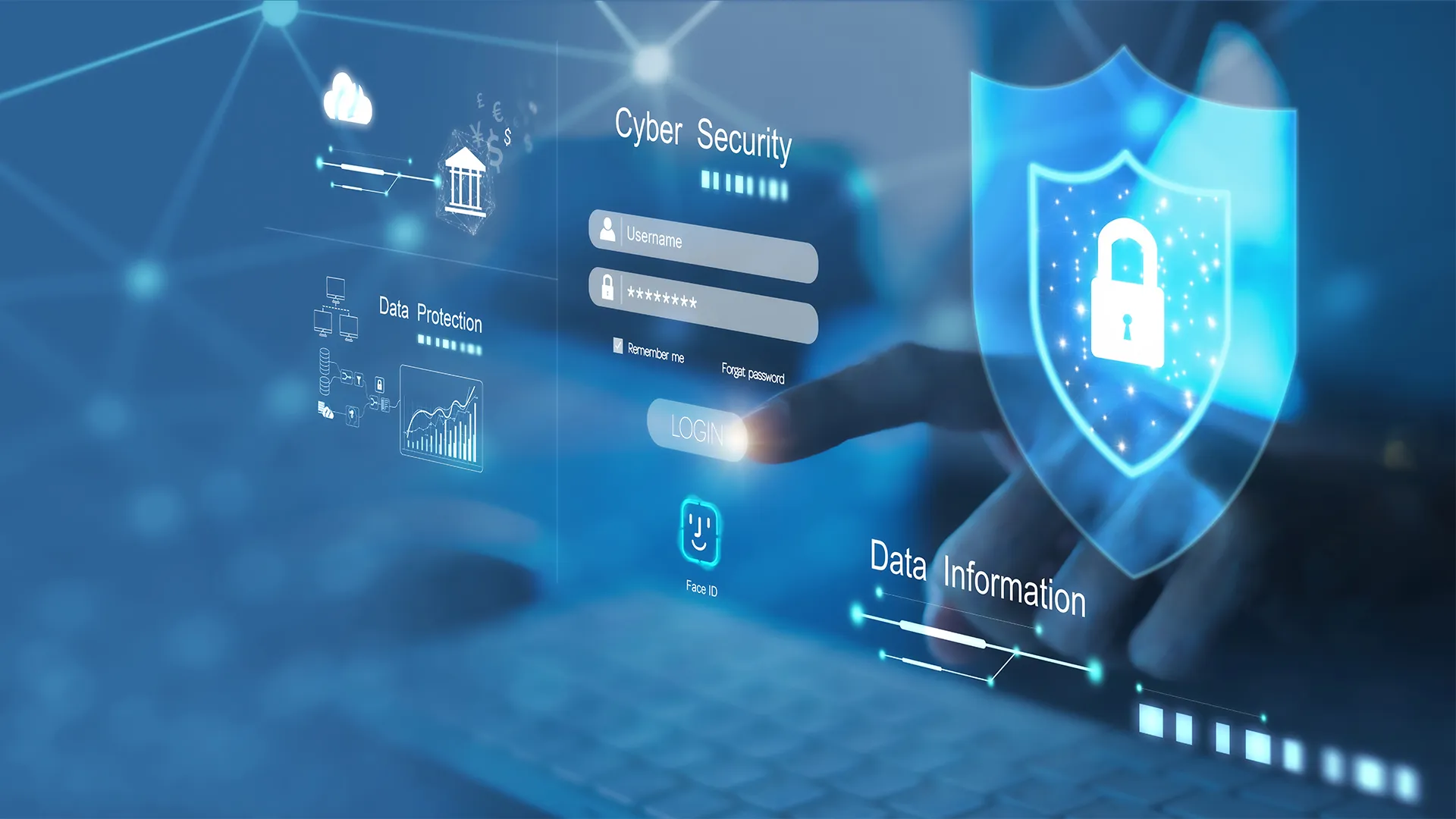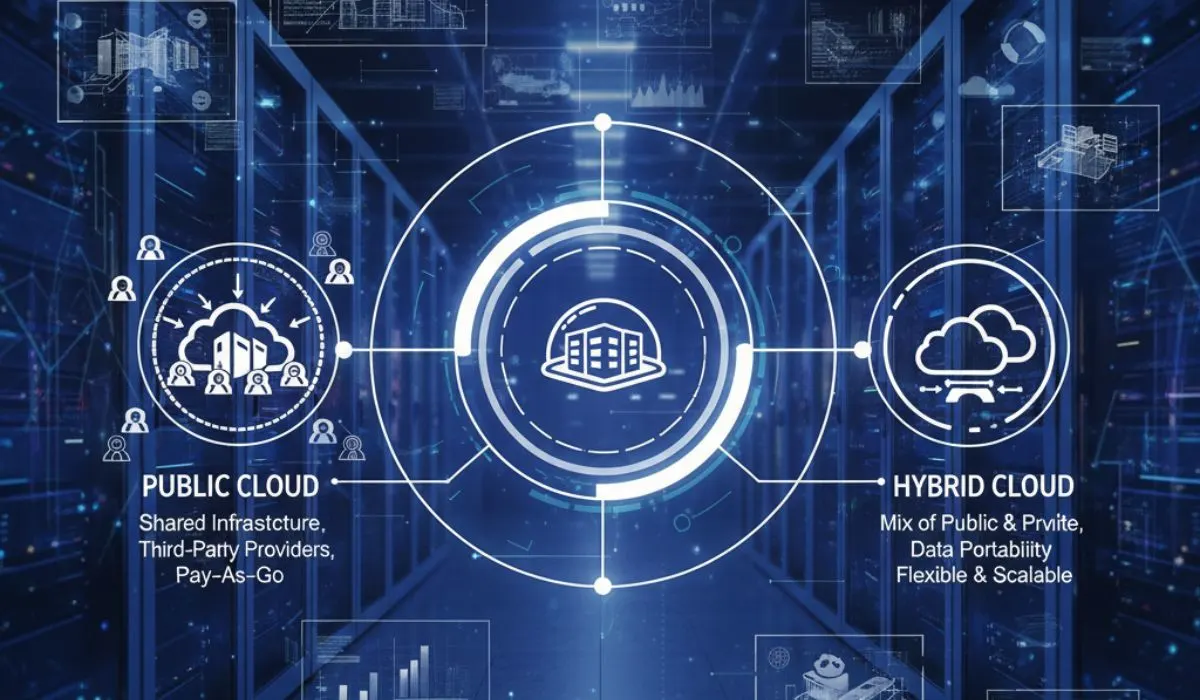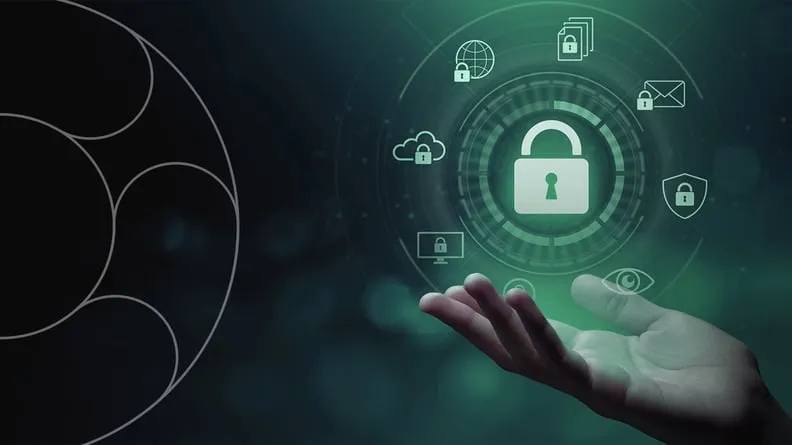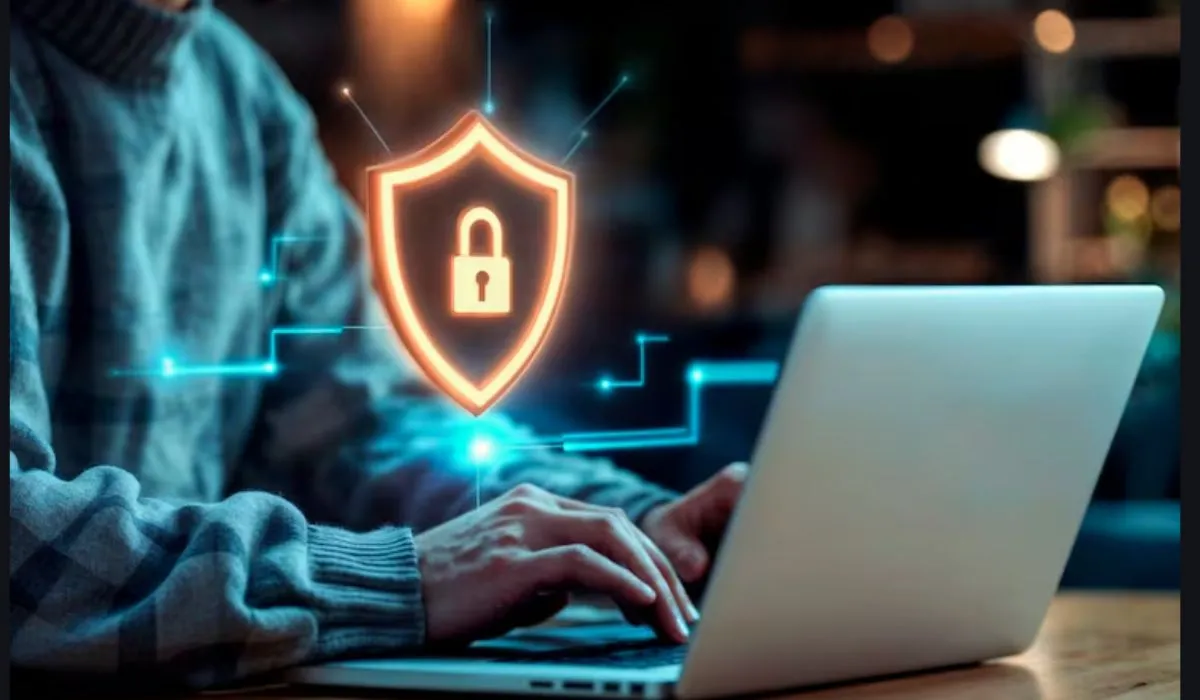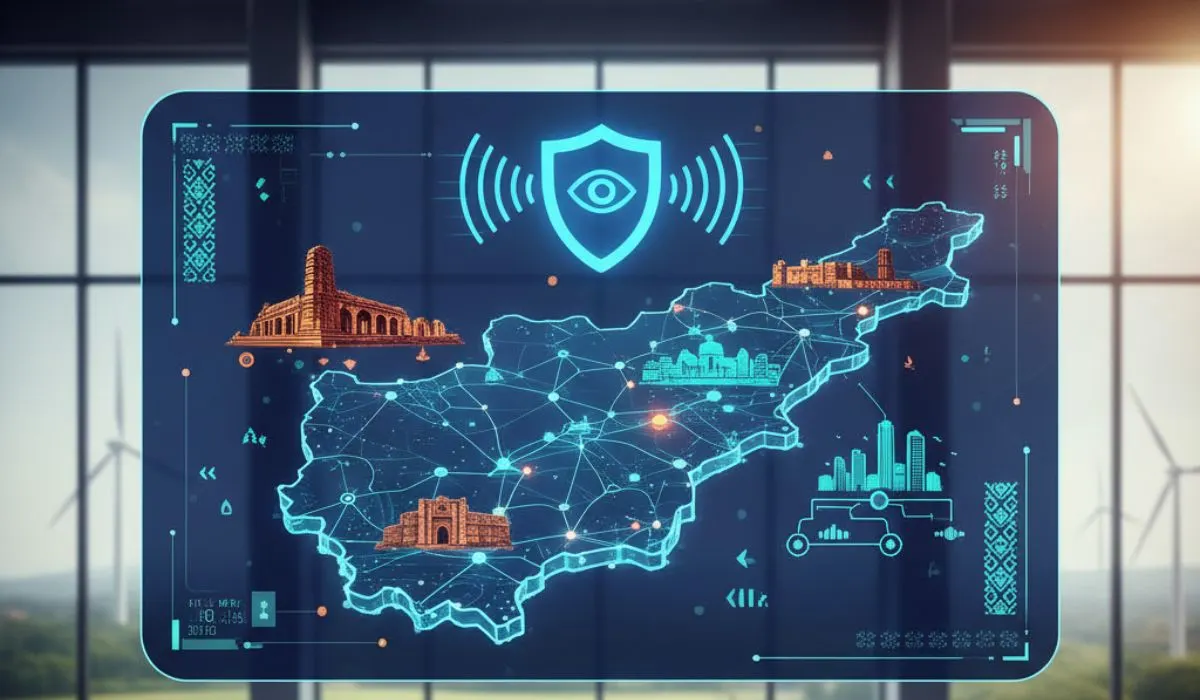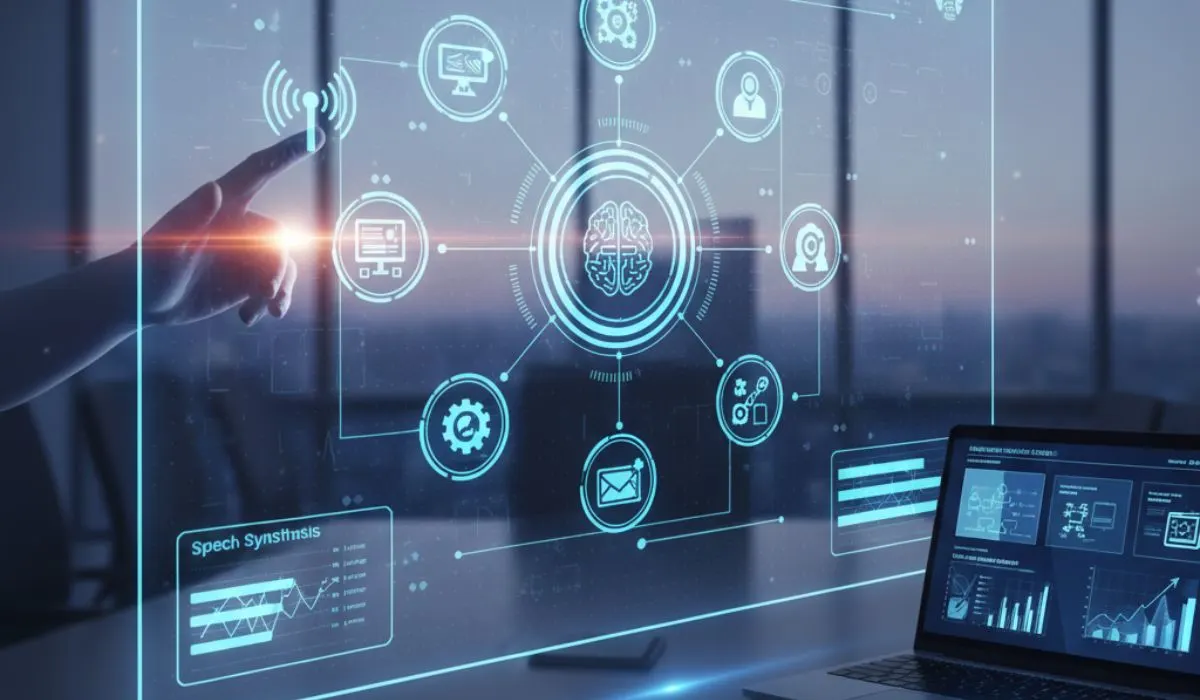Types of Cybersecurity threats
types of cybersecurity threats are just ways someone can sneak into your data, mess with your system, or straight-up steal your info. They show up everywhere. On your phone, laptop, even that smart toaster. But they’re real, and if you don’t know them, you're leaving your main gate of house open. It is better to stay aware. Lets know some Types of cybersecurity threats.
What Are the 5 Types of Cyber Security Threats?
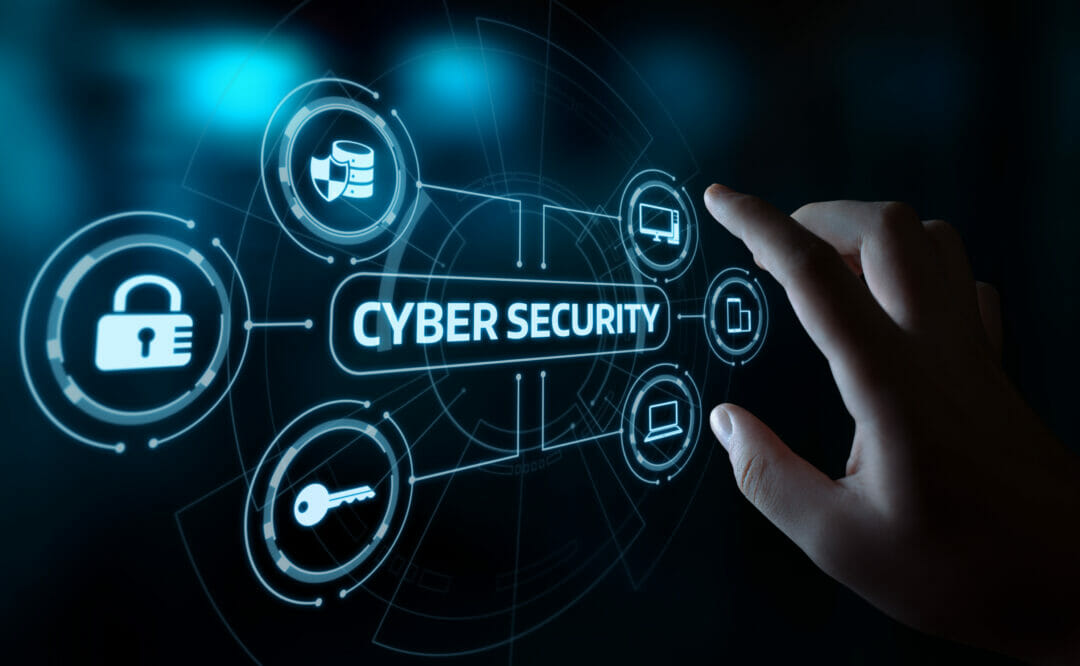
Let's bullet them out because who’s reading long lists anyway?
- Malware
- Phishing
- DenialofService (DoS)
- ManintheMiddle (MitM)
- SQL Injection
These five are the big league of major types of cyberattacks. Hackers use them so often it’s almost like ordering coffee: fast, effective, repeatable. Many personal and business breaches start with one of these.
Malware – That Pesky Intruder
You install one dodgy app, click a weird link, and bam—you’ve got malware. It might just spy. It might lock your files. It might even turn your PC into a bot for sending junk emails.
Why is it so nasty? It hides. Like a Trojan horse. It often goes undetected until serious damage is done. It can spread to others—your friends or coworkers.
Some common Cybersecurity threats:
Cybersecurity threat example? Remember WannaCry. It striked hospitals, schools, and businesses all over the world in 2017. They paid a ransom in Bitcoin. Talk about a rough Monday. Phishing – The Social Trick This is not rocket science—phishing is lying. Pretend to be someone legit (your bank), get you to click a link, and harvest your login info.
Why it works:
It preys on trust. Your bank? Sure, I’ll click that email. It creates urgency. “Your account is locked!” Of course, I’ll panic. The fakes look real. Misspellings, odd logos? Sometimes no. Real damage done:
Scammers tricked Facebook and Google into wiring them over $100 million. That's not a small change. DenialofService, Simply Block the Door Ever went through a website and it just, won't open? That might be a DoS or its bigger cousin, DDoS. Hackers flood servers with fake requests until they crash.
Why do it?
They love chaos. It takes businesses offline. It can be a diversion for other attacks. At instance: In 2020, AWS faced a 2.3 Tbps DDoS attack. That's not normal traffic; that’s an entire digital traffic jam.
ManintheMiddle – The Silent Watcher
- Picture this: You’re in café WiFi, checking your bank. The thief slides in between you and the site—reads everything you type. No alarms. No warnings. Just silent theft.
- There are Many examples of Cybersecurity Threats Like this.
- To Stop such cases of Cybersecurity threats. Public WiFi without a VPN? It’s pretty much a picnic for hackers.
- H2: SQL Injection – The Shortcut Breach
- This is old, but still gold—if you’re a hacker. Bad data filtering on sites and boom: you type ’ OR ’1’=’1, and suddenly you’re in—even though you have no actual account.
- What happened once: Yahoo got hit in 2012. Hackers accessed 450,000 user accounts via SQL injection. Ouch.
Why You Should Not Ignore These Major types of Cybersecurity Threats
Tech is everywhere—phones, watches, fridges maybe soon. But with tech comes targets. And everyone’s a target: You or me? We can lose everything. from wealth to self-worth or tranquility. Small biz? Might lose customer trust or hit legal trouble. Enterprises/government? National-level havoc. So, knowing these types of cybersecurity threats isn’t optional anymore—it’s survival.
Common Cybersecurity Threats in Real Life
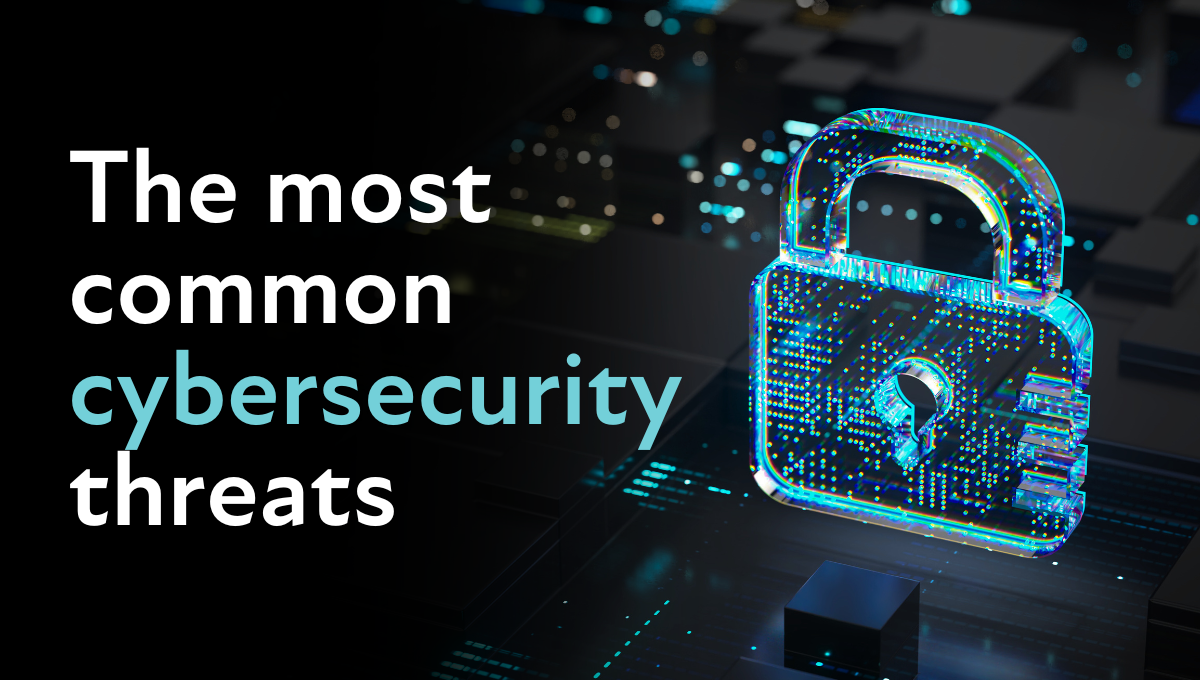
These are some risks that come every day, not Master-level hacking: Clicking sale ads that comes on your Instagram screen. Using the same weak password everywhere. Downloading music from “that site.” Sharing OTPs because “they’re legit.” Logging into email on public WiFi without thinking twice. Each of these represents a tiny gap in your digital defenses.
Simple Moves to Stay Safer from Cases of Cybersecurity Threats
You don’t need a 400-page handbook. Just these moves Update stuff — do those patches! Strong, unique passwords — mix it up. Turn on 2FA, on your device. Seriously, just do it. Be suspicious — especially if they say “urgent.” Use VPN on public WiFi, then install. Backup your files. whether it's to the cloud, an external drive, or another storage device. Install antivirus. something basic, updated. That’s it. It is a basic, human-safe habit.
Read More:- cybersecurity and cloud computing
Final Thoughts
These five—malware, phishing, DoS, MitM, SQL injection—are like the villains of the digital world. They’re simple, brutal, and everywhere. But here’s the thing: they only work if you don’t know them. Stay curious. Stay cautious. Even if something seems legit, pause. Ask: “Wait, do I really need to click that link?” And be knowledgeable about Types of Cybersecurity threats
That’s how you stay smart in the digital world.It's also not necessary to be an expert in cybersecurity. You just need to stay aware of such cybersecurity Threats.
FAQ's:
Q1. What's the most current form of cybersecurity trouble these days?
Phishing. Hands down. It appears in emails, textbooks, and indeed social media. People get duped by phony dispatches daily, believing it's their bank or delivery company. Click formally, and your information is history.
Q2. Does antivirus software block everything?
Not exactly. Antivirus assists, of course, but it's not a magic genie. It captures a lot of well- known pitfalls similar as malware or contagions, but newer, more insidious bones may get through. It's simply one element of the equation. still you have to stay alert.
Q3. Is it okay to use public Wi Fi if I am only browsing social media?
Technically, yes. But also no. It may be a secure moment, but public Wi Fi is also the go- to place for Man- in- the- Middle attacks.However, you are crying your data into a crowded room, If you are not penetrating the internet through a VPN.
Q4. What does a DDoS attack actully do?
It overloads a garçon with so numerous spurious requests the point or program crashes. It's like 10,000 people trying to enter a small store at the same time. Genuine guests can not enter, and trade ceases until it's resolved.
Q5. How can I know if my device contains malware?
You may find your phone or computer just gets slow, crashes all the time, or just gets strange, like new pop- ups or programs you did not install. However, overlook it with a security operation, If the commodity does not feel right.



